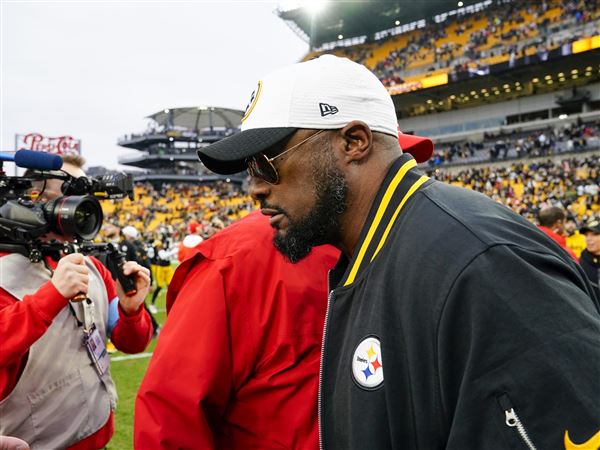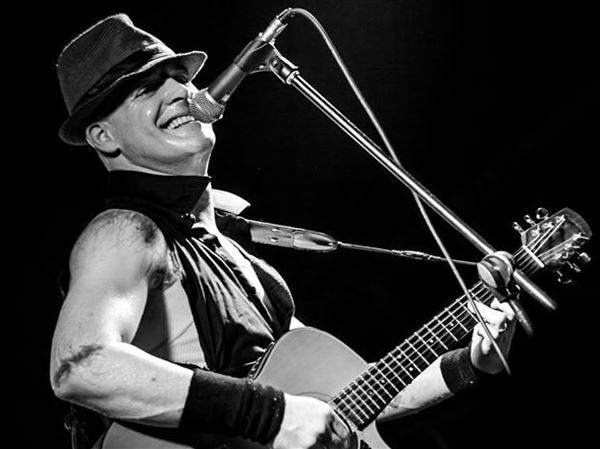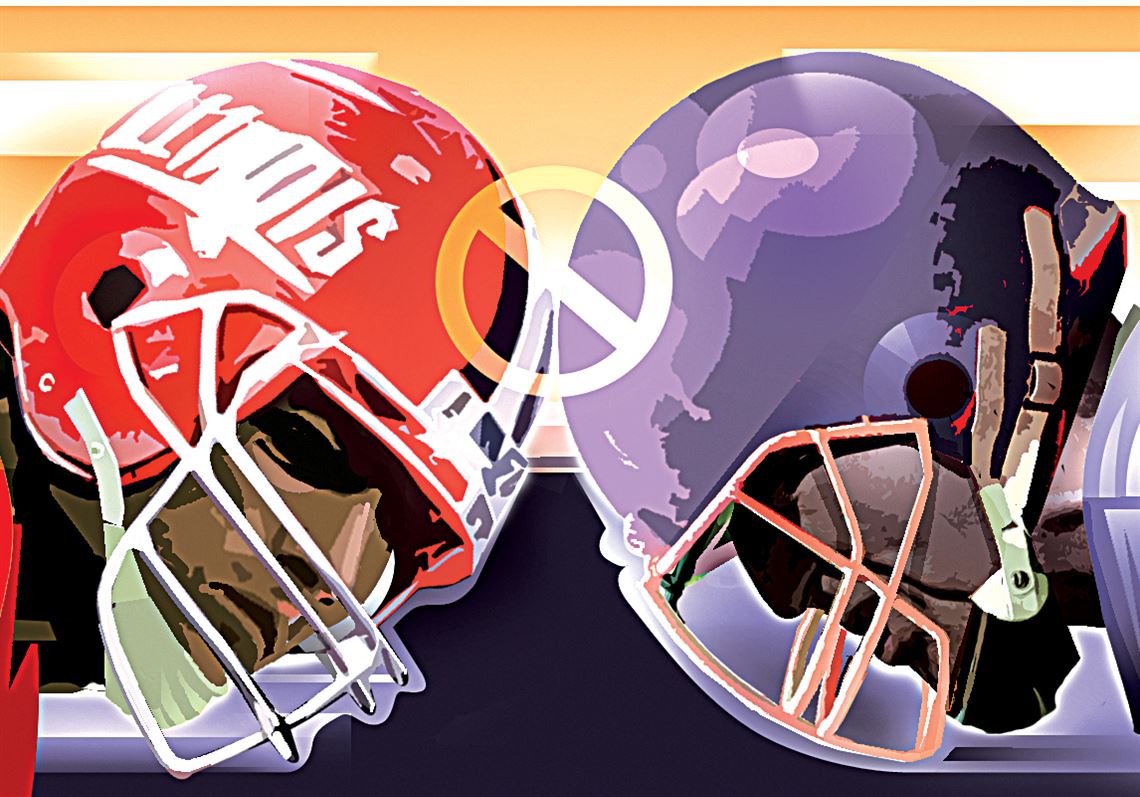Modern football was birthed more than a century ago, with the publication of “Spalding’s Official Foot Ball Guide for 1906.” For much of the game’s prior four-decade history, most teams relied on “mass momentum” to advance the ball; essentially, a ball carrier and his teammates rammed headfirst into a wall of opposing players. This routinely led to serious harm.
In 1905, injuries incurred during college and high school games (the dominant forms of the sport then) led to the deaths of a reported 19 student-athletes. In response to calls to ban the sport, President Theodore Roosevelt, an ardent fan, convened representatives of several major colleges and ordered them to make football safer. The resulting committee, headed by legendary player-turned-coach Walter Camp, made several modifications to the accepted rules, the most significant of which allowed one forward pass per series of downs. Although it would be another 28 years until offensive units could throw more often, the change slowly achieved its intended effect of lessening the reliance on mass momentum.
In those 1906 rules, short mention was also given to protective headgear, the wearing of which was voluntary. It would be another 33 and 37 years, respectively, until college and professional players were required to wear helmets, but Camp & Co.’s concerns were at any rate misguided. Rule 1e stipulated that helmets could not be constructed of “sole leather, papier-mache or other hard or unyielding materials,” so as “. . . to be without danger to other players.”
Helmets were little more than fortified skullcaps, yet the rule writers assumed they would be used as weapons, and they were correct. What they failed to foresee, however, was that the helmet’s transformation from protective device to missile cladding would prove more harmful to wearers than to their targets.
As helmet construction improved over the years — the better to prevent skull fractures and concussions — engineering technology outpaced medical understanding. We now know that as a result of repeated impact, a brain undergoes the kind of intra-cranial ricocheting and twisting that can cause long-term degeneration or chronic traumatic encephalopathy, the news-making disease found regularly today in the autopsied brains of former National Football League players.
Ask serious fans about the failings of the modern game, and “poor tackling” will top most lists. In part, that is the unintended consequence of helmet advancements that have emboldened players to abandon classical techniques for the reckless, brain-rattling collisions that dominate highlights. This remains so despite recent rules tweaks meant to lessen the frequency of direct head impacts for ball carriers and tacklers.
Some coaches — such as Pete Carroll of the NFL’s Seattle Seahawks — are trying to return the safer method to the prominence it held back when players didn’t feel invincible. But old habits are difficult to break, especially among testosterone-fueled young men looking to intimidate and impress. So new habits must be ingrained. That’s why we’d like to see helmets banned — or their use severely curtailed — during football practice, from Pop Warner to the NFL.
The rationale is simple: Players, feeling more vulnerable, will learn safer tackling techniques, which they will then bring to the field on full-padded game days.
“The idea of taking off the football helmet during practice to reduce head impact may seem counterintuitive to the sport,” said Erik Swartz, a professor of kinesiology at the University of New Hampshire. “But the findings show that preventing head impacts, which can contribute to spine and head injuries like concussions, may be found in behavior modification like these drills.”
Mr. Swartz tested the efficacy of helmetless practice with his university’s football team in a study published in December in the Journal of Athletic Training. Although limited in scope, the results strongly suggest that players who went helmetless for even a portion of practice experienced significantly fewer head impacts “per athlete-exposure” over the course of the season. Fewer head impacts, it is reasonable to think, lead to fewer concussions.
To be sure, broader research is needed to confirm the implications of Mr. Swartz’s findings at all levels of play. In fact, the Centers for Disease Control and Prevention will lay the groundwork for such a study, having just announced plans to evaluate the risks of helmeted tackling in youth football. Almost assuredly, though, players will be safer during games if they learn to block and tackle without their helmets during practice.
A first step toward that goal would be to develop practice helmets with easily removable face masks, which would leave players feeling less invincible and more open to learning safe-tackling techniques. But however we get there, returning the helmet to its rightful role as protection against unintentional collision rather than armor for premeditated mayhem is the best of a diminishing set of solutions posited to decrease incidences of concussions and other head trauma.
Barring that, it may be time to reconsider papier-mache.
Gary Belsky and Neil Fine are co-authors of the new book “On the Origins of Sports: The Early History and Original Rules of Everybody’s Favorite Games.” They wrote this for The Washington Post.
First Published: May 1, 2016, 4:00 a.m.













